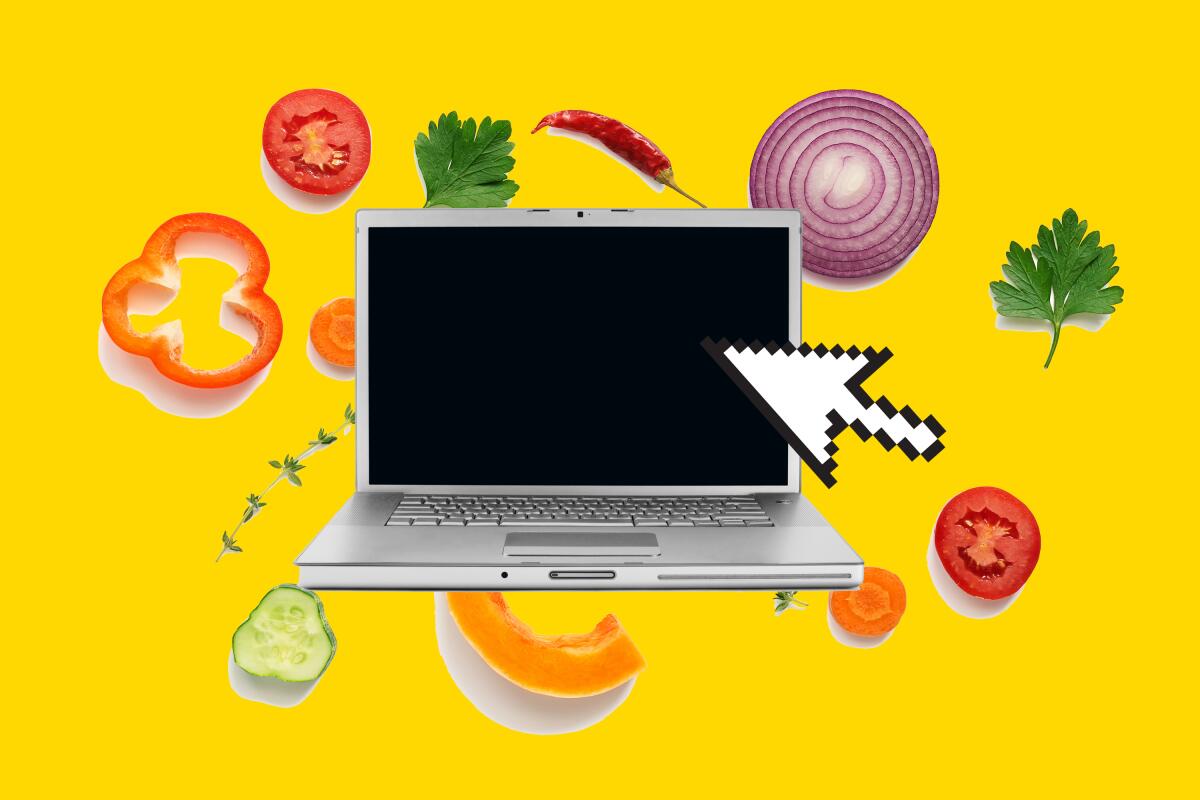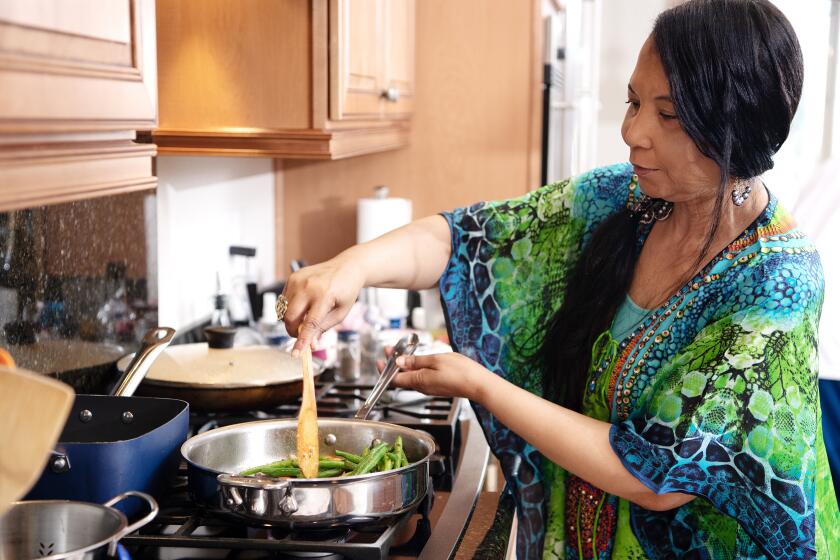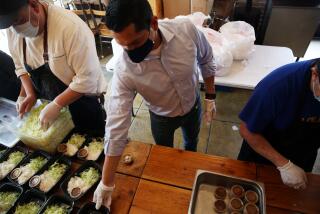Cooking tips and tools for the blind and disabled

People with visual impairments and other disabilities can face challenges cooking but a growing number of services, guides and technologies can help make the kitchen a safe, accessible space.
These resources offer visual recipes, tutorials, adaptive-tool recommendations and more to help more people discover and enjoy cooking.
How people with disabilities, often overlooked in the food community, are improving accessibility in the world of cooking and recipes
Online resources
Safety tips: The VisionAware website from the APH ConnectCenter offers a directory of services and articles for those with low vision or blindness and allows alteration of the site’s contrast level and font size for easier reading. VisionAware published a free guide to safe cooking techniques, including tips on how to check a dish’s doneness using senses other than sight, how to safely pour liquids and how to measure ingredients effectively.
Accessible Chef: One of the web’s largest accessibility-minded cooking resources, Accessible Chef has offered visual recipes and other kitchen resources for more than a decade. The site’s cooking tips, safety information and videos are geared toward those with learning disabilities. Recipes, many of which are community-submitted, include photos for each ingredient and step-by-step instructions for clarity. Blog posts address subjects such as adapting recipes that call for sharp knives.
Kitchen tools: For those with impaired mobility, the Best Mobility Aids website offers product recommendations for nearly every room in the house, including the kitchen. Many of the adaptive tools and gadgets in this guide are designed to limit pressure on limbs and provide alternatives to a wide range of motion, such as right-angle knives, automatic stirrers, one-handed cutting boards and bendable cutlery.
CookABILITY: The U.K.-based United Response produced a free online video series, CookABILITY, providing visual step-by-step recipes designed for those with learning disabilities. The videos include United Response community members with learning disabilities and can be found on the nonprofit’s YouTube channel. The videos are meant to be followed as they are watched, with gently pulsing red text indicating when to hit pause between steps. Dishes include easy mac and cheese, chow mein, cottage pie, chicken korma, chocolate truffles and pancakes.
Screen readers: For those with vision impairment, screen readers such as Cobra or Job Access With Speech and browser plugin Speechify can read aloud text from a website or digital cookbook. Screen readers range in cost, capability and compatibility and can be used to read lines of text or entire web pages. Some are free and many are compatible with Braille displays. Most Apple products come equipped with a free screen reader called VoiceOver that reads virtual text and can be controlled via the keyboard.
Helpful apps
Recipe scanners and label readers: If reading a cookbook is challenging, mobile apps with Optical Character Recognition technology can help. The KNFB Reader from the National Federation of the Blind uses a phone’s camera to convert ingredient labels, book pages and mobile websites to Braille or speaks them aloud to aid those with low vision, blindness or dyslexia. If digitizing physical recipes is preferred, apps such as CookBook and Whisk can scan a photo of a cookbook page and convert it to a digital recipe, which can be translated aloud with screen reader software.
L.A. services
Food delivery: In 2020, Los Angeles County’s Department of Workforce and Development Aging & Community Services launched a free grocery-delivery program for those with disabilities, as well as residents 60 and older. No application process is required for the COVID-19-spurred service, which includes delivery of prepaid groceries and medications 24 hours a day throughout the county. Deliveries can be scheduled by calling (888) 863-7411, Monday to Friday, two days to one week in advance of order pickup.
In-home services: A statewide program provides hourly helpers for grocery shopping, meal preparation, cleaning and supervision. California’s In-Home Supportive Services (IHSS) program is available to residents with disabilities and blindness — including some children with disabilities — as well as residents 65 and older. The service helps pay for hourly workers who can help with errands and housework.
More to Read
Eat your way across L.A.
Get our weekly Tasting Notes newsletter for reviews, news and more.
You may occasionally receive promotional content from the Los Angeles Times.












